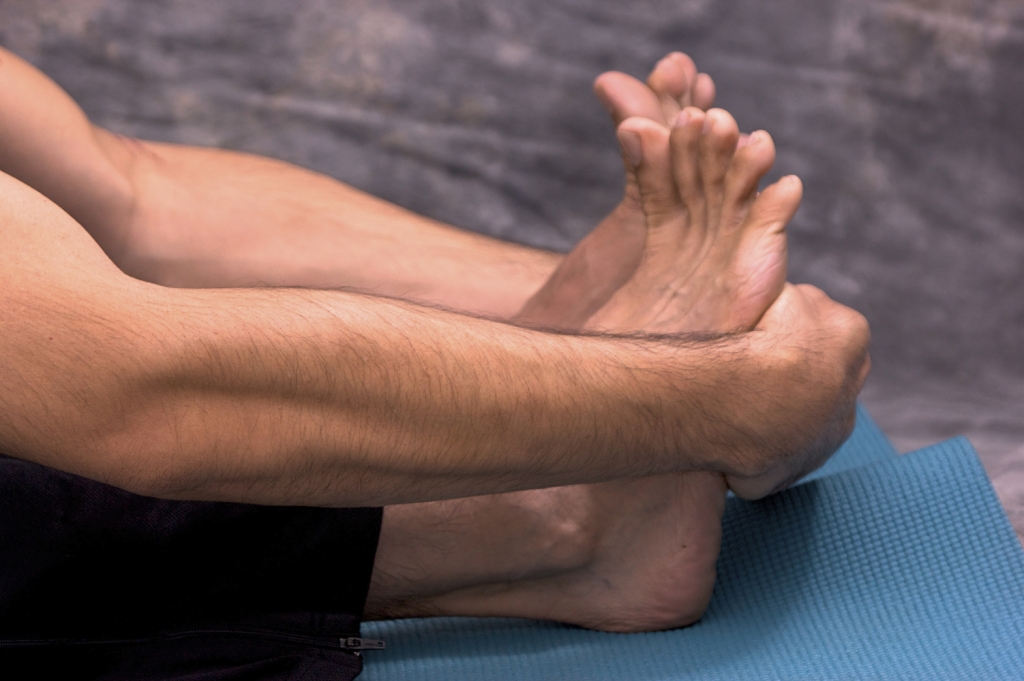
Foot pain can develop from many sources, especially when the structures of the feet are placed under long-term stress. Heel and arch pain often stems from strain on the plantar fascia, while irritation of the Achilles tendon can affect the back of the ankle. Metatarsalgia, or pain under the ball of the foot, is usually caused by excess pressure from shoes with inadequate support, high heels, or conditions that strain the ligaments in this area. Nerve problems like Morton’s neuroma can create burning or tingling near the toes, and arthritis can affect the many joints of the feet, leading to stiffness and swelling. Bunions and hammertoes may develop when the toes are pushed out of alignment by tight or narrow shoes. A podiatrist can provide a diagnosis and recommend treatment that addresses the source of the problem. If you are experiencing foot pain, it is suggested that you make an appointment with a podiatrist for an exam and treatment.
Foot Pain
Foot pain can be extremely painful and debilitating. If you have a foot pain, consult with Franklin Harry, DPM from Best Foot Forward. Our doctor will assess your condition and provide you with quality foot and ankle treatment.
Causes
Foot pain is a very broad condition that could be caused by one or more ailments. The most common include:
- Bunions
- Hammertoes
- Plantar Fasciitis
- Bone Spurs
- Corns
- Tarsal Tunnel Syndrome
- Ingrown Toenails
- Arthritis (such as Gout, Rheumatoid, and Osteoarthritis)
- Flat Feet
- Injury (from stress fractures, broken toe, foot, ankle, Achilles tendon ruptures, and sprains)
- And more
Diagnosis
To figure out the cause of foot pain, podiatrists utilize several different methods. This can range from simple visual inspections and sensation tests to X-rays and MRI scans. Prior medical history, family medical history, and any recent physical traumatic events will all be taken into consideration for a proper diagnosis.
Treatment
Treatment depends upon the cause of the foot pain. Whether it is resting, staying off the foot, or having surgery; podiatrists have a number of treatment options available for foot pain.
If you have any questions, please feel free to contact our offices located in Festus and St. Louis, MO . We offer the newest diagnostic and treatment technologies for all your foot care needs.




